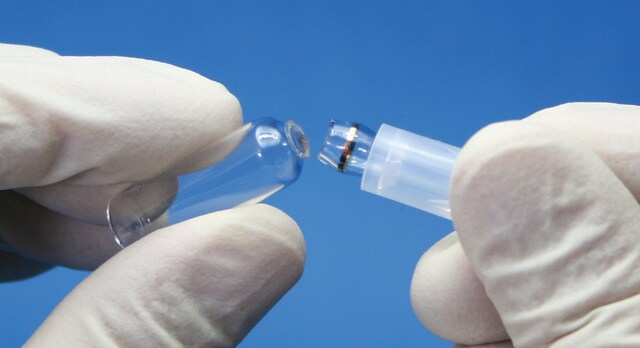693723
Gadolinium
foil, thickness 1 mm, 99.9% trace rare earth metals basis
About This Item
Recommended Products
Assay
99.9% trace rare earth metals basis
form
foil
reaction suitability
reagent type: catalyst
core: gadolinium
resistivity
126 μΩ-cm, 20°C
thickness
1 mm
bp
3273 °C (lit.)
mp
1313 °C (lit.)
density
7.886 g/mL at 25 °C (lit.)
SMILES string
[Gd]
InChI
1S/Gd
InChI key
UIWYJDYFSGRHKR-UHFFFAOYSA-N
Looking for similar products? Visit Product Comparison Guide
Application
Quantity
Signal Word
Warning
Hazard Statements
Precautionary Statements
Hazard Classifications
Water-react 3
Storage Class Code
4.3 - Hazardous materials which set free flammable gases upon contact with water
WGK
WGK 3
Flash Point(F)
Not applicable
Flash Point(C)
Not applicable
Personal Protective Equipment
Choose from one of the most recent versions:
Already Own This Product?
Find documentation for the products that you have recently purchased in the Document Library.
Customers Also Viewed
Articles
Technologies are an integral part of our lives and we rely on them for such things as communication, heating and cooling, transportation, and construction. Improvements to technologies have made what they do for us more precise, automated, efficient, and powerful.
A significant limiting factor for wearable electronics and wireless sensors is the finite amount of energy that can be stored in on-board batteries.
Rechargeable solid-state batteries are becoming increasingly important due to wide-spread use in computers, portable electronics, and vehicular applications.
The unique properties of the rare-earth elements and their alloys have brought them from relative obscurity to high profile use in common hightech applications.
Our team of scientists has experience in all areas of research including Life Science, Material Science, Chemical Synthesis, Chromatography, Analytical and many others.
Contact Technical Service






